Code Review
Vibe Coding
Cursor
Claude
Vibe Coding: The New Frontier in Coding
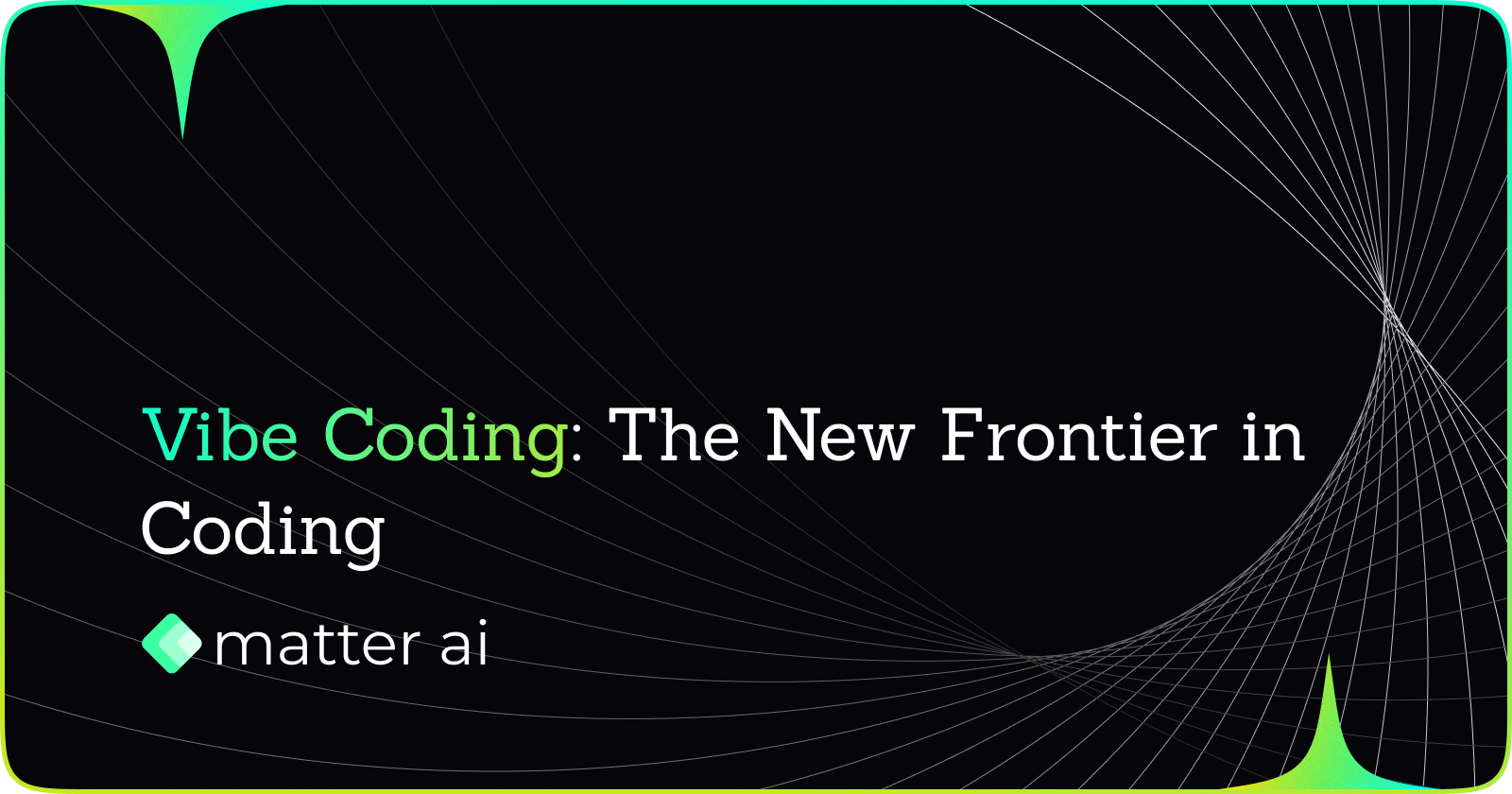
In today's fast-paced tech world, a new approach to software development has emerged that prioritizes speed and intuition over rigid methodologies. Known as "vibe coding" or "vibe-driven development," this approach is gaining traction among developers looking to ship code faster while maintaining their creative flow. Let's explore what makes this approach compelling, how AI tools are supercharging it, and some important considerations before fully embracing it.
Accelerating Development Through Intuition
Vibe coding helps release code faster by:
Breaking Free from Analysis Paralysis
Rather than spending hours deliberating over the perfect architecture or design pattern, vibe coding encourages developers to trust their instincts. This intuitive approach often leads to faster initial code production since less time is spent planning and more time is spent creating.
Emphasizing Working Code Over Perfect Code
Vibe coding prioritizes shipping functional features quickly. Instead of endless refactoring before release, developers push working solutions and refine them based on real feedback.
Reducing Documentation Overhead
Heavy documentation requirements can slow development significantly. Vibe coding tends to favor self-documenting code and minimal necessary documentation, allowing developers to focus on implementation.
Leveraging Developer Intuition
Experienced developers often have an intuitive sense of what will work best for a given problem. Vibe coding validates this intuition as a valuable asset rather than something to be suppressed in favor of formalized processes.
AI Tools Powering the Vibe Coding Revolution
Modern AI assistants have become instrumental in enabling vibe coding practices:
Cursor + Claude: A Powerful Combination
The integration of AI coding assistants like Claude directly into development environments like Cursor has created a seamless experience where developers can express high-level intentions and receive implementation suggestions immediately. Cursor's ability to understand project context combined with Claude's reasoning capabilities means developers can simply describe what they want to build, and the AI can generate appropriate code that aligns with the existing codebase.
Real-Time Collaboration
These tools allow developers to explore ideas rapidly, with the AI offering alternatives or improvements to approaches while maintaining the developer's creative direction. The developer remains in control while benefiting from AI assistance that adapts to their coding style and preferences.
Knowledge Augmentation
AI tools reduce the cognitive load of remembering syntax details or API specifics, allowing developers to stay focused on the higher-level solution. This maintains the creative "vibe" without getting bogged down in implementation details.
The Dark Side of Vibe Coding
Despite its benefits, vibe coding comes with several significant drawbacks:
Performance Implications
Code written quickly with intuition as the primary guide often lacks optimization. Without deliberate performance considerations, applications can suffer from:
- Inefficient algorithms that don't scale
- Excessive memory usage
- Unnecessary database calls or network requests
- UI rendering inefficiencies
Increased Bug Potential
The reduced emphasis on formal testing and verification can lead to:
- Edge cases being overlooked
- Inconsistent error handling
- Integration issues between components
- Regression bugs when making changes
Security Vulnerabilities
Perhaps most concerning are the security implications:
- Input validation might be incomplete
- Authentication and authorization checks may have gaps
- SQL injection, XSS, or CSRF vulnerabilities are more likely
- Sensitive data handling might not follow best practices
Security issues are particularly problematic because they may remain undiscovered until exploited, at which point significant damage may already be done.
Technical Debt Accumulation
The "we'll fix it later" mentality of vibe coding can lead to significant technical debt. What starts as a quick approach to shipping features can result in a codebase that becomes increasingly difficult to maintain or extend.
Finding the Right Balance
Vibe coding doesn't have to be an all-or-nothing approach. The most successful implementations find a balance:
- Use vibe coding for rapid prototyping and initial feature development
- Implement structured code reviews to catch obvious issues
- Apply automated testing for critical paths
- Periodically schedule dedicated time for performance optimization and security audits
- Recognize when a feature is critical enough to warrant a more methodical approach
By understanding both the benefits and limitations of vibe-driven development, teams can leverage its speed advantages while mitigating its most significant risks.
The future of development likely lies not in choosing between structured methodologies and vibe coding, but in knowing when and how to apply each approach appropriately.
If you are looking for a way to improve your code review process and detect performance issues, security vulnerabilities, and bugs, learn more on how MatterAI helps team to solve code review challenges with AI: https://matterai.so
Share this Article:
More Articles
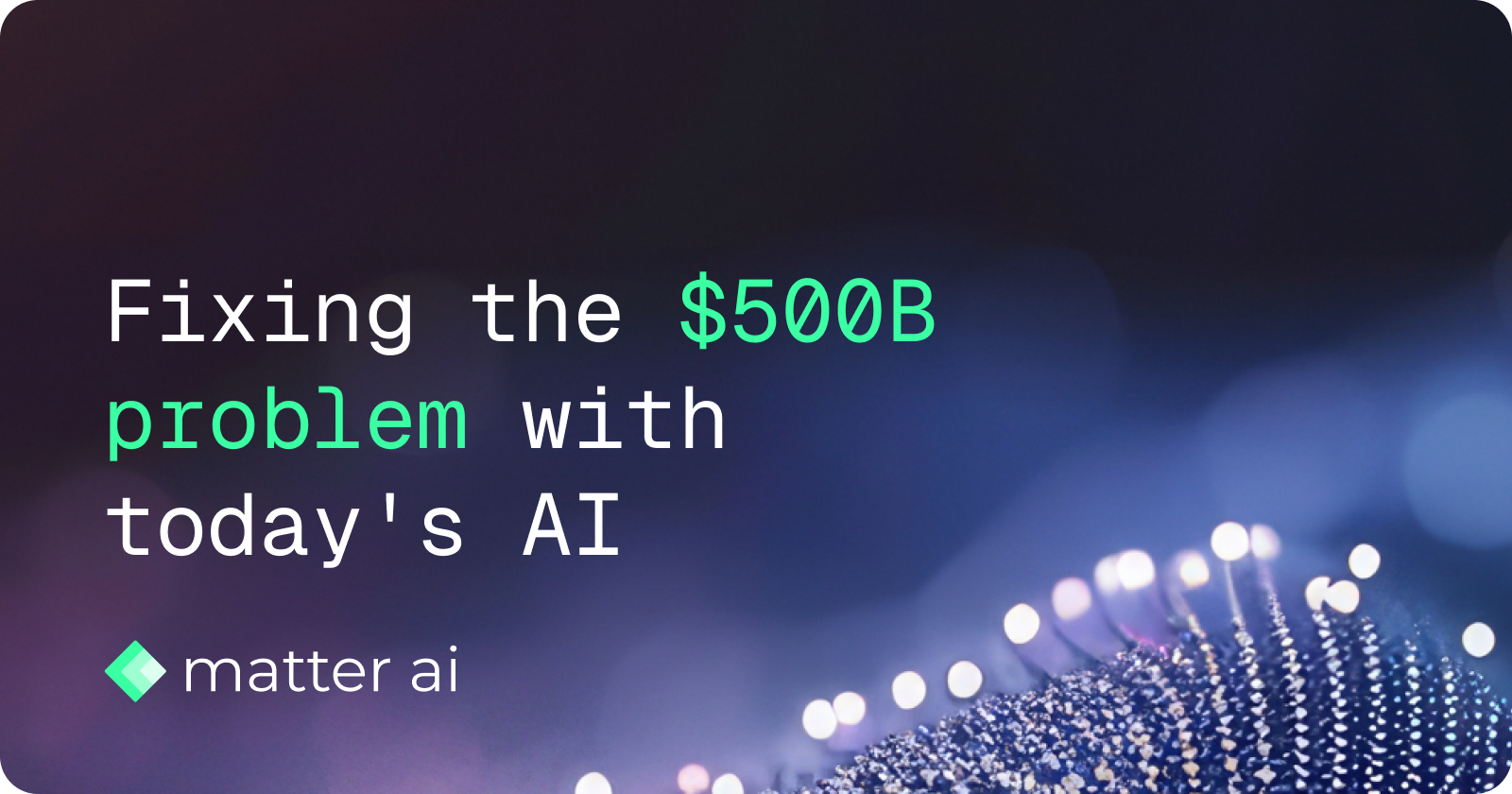
Fixing the $500B problem with today's AI
The key challenges that AI presents today and how we at MatterAI are working on fix them.
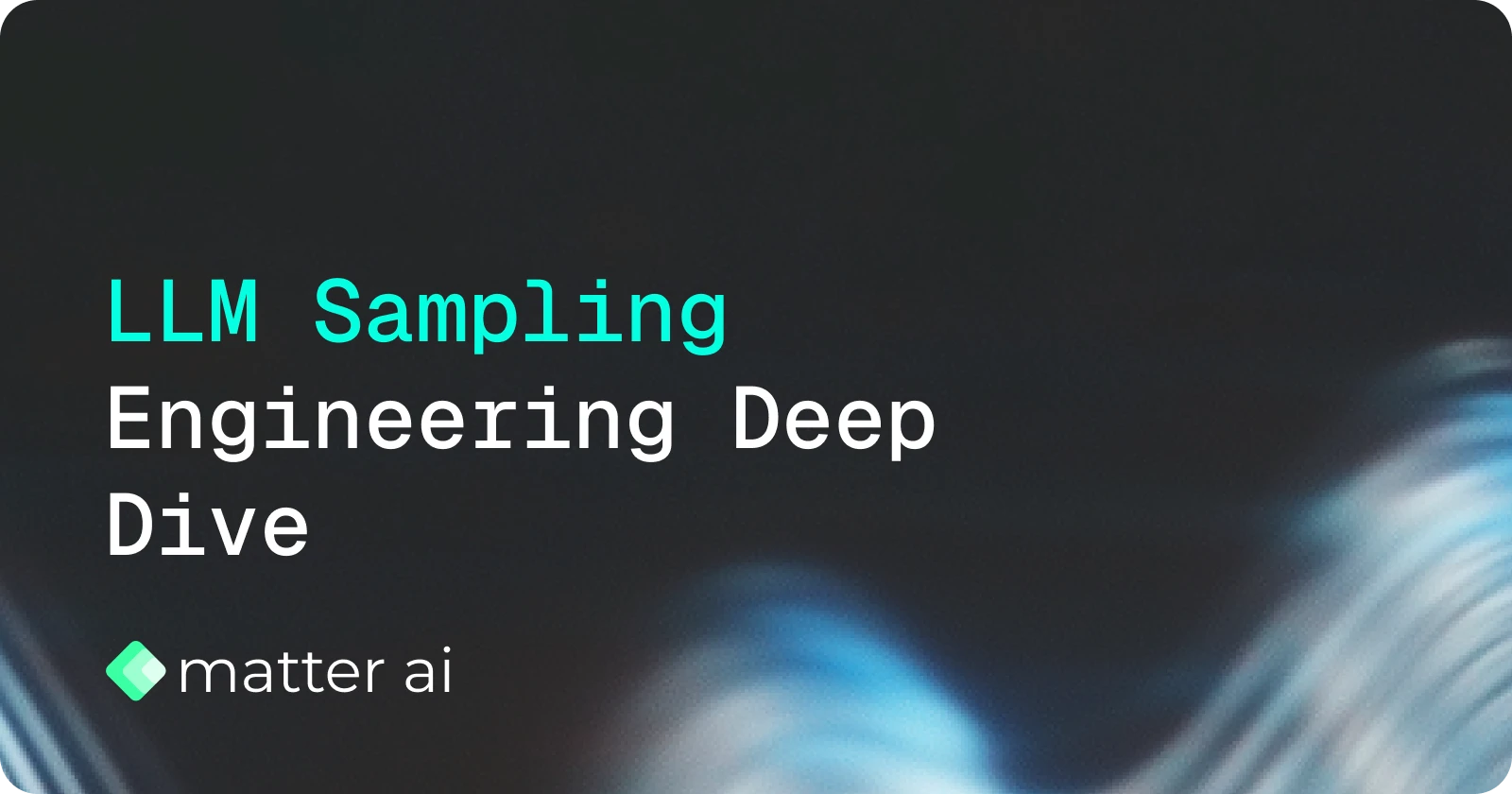
LLM Sampling: Engineering Deep Dive
How to tune LLMs to work for you with samplings
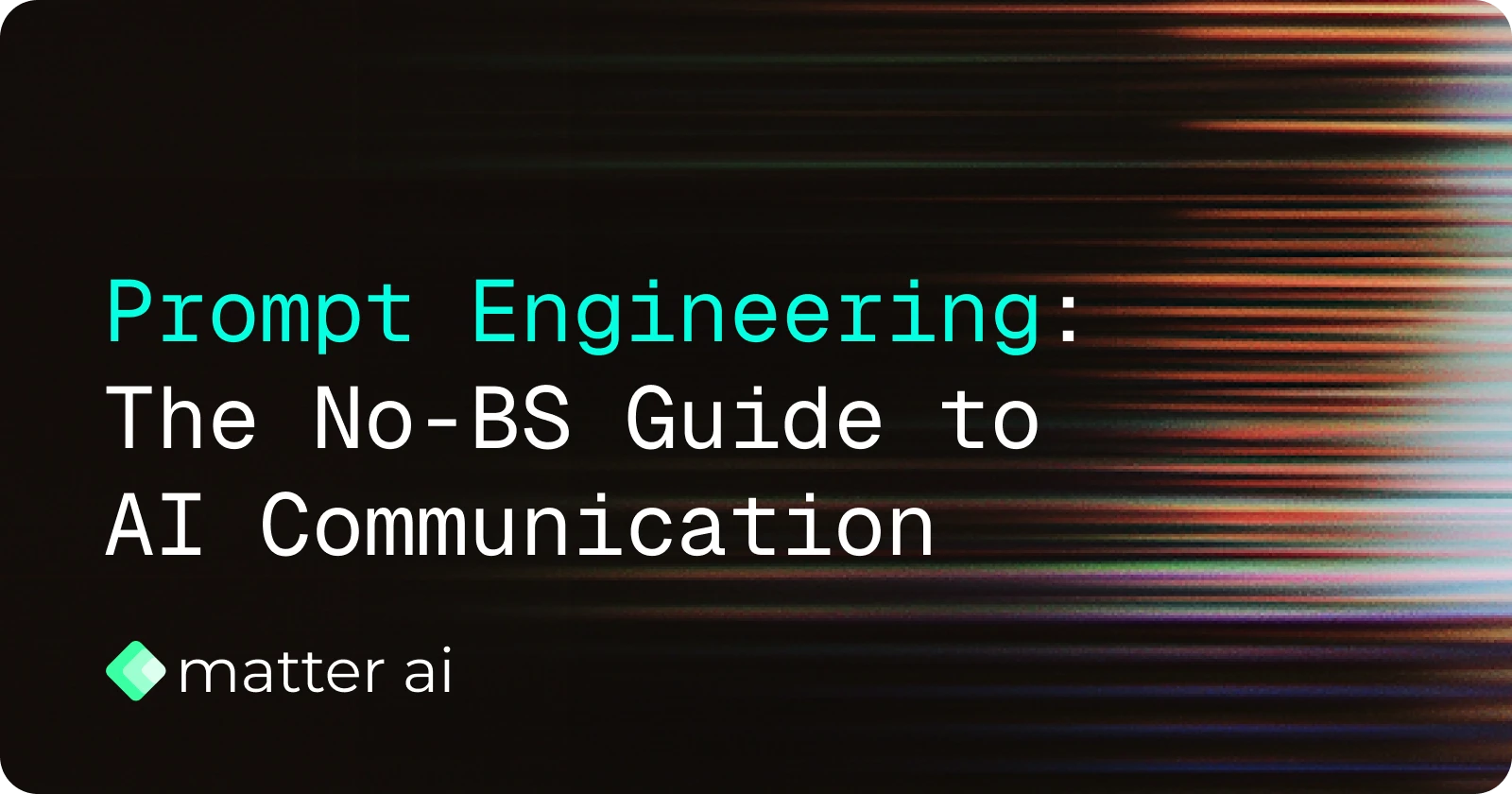
Prompt Engineering: The No-BS Guide to AI Communication
Understand, structure and implement prompts that gets you the best, consistant and reduced hallucination outputs.
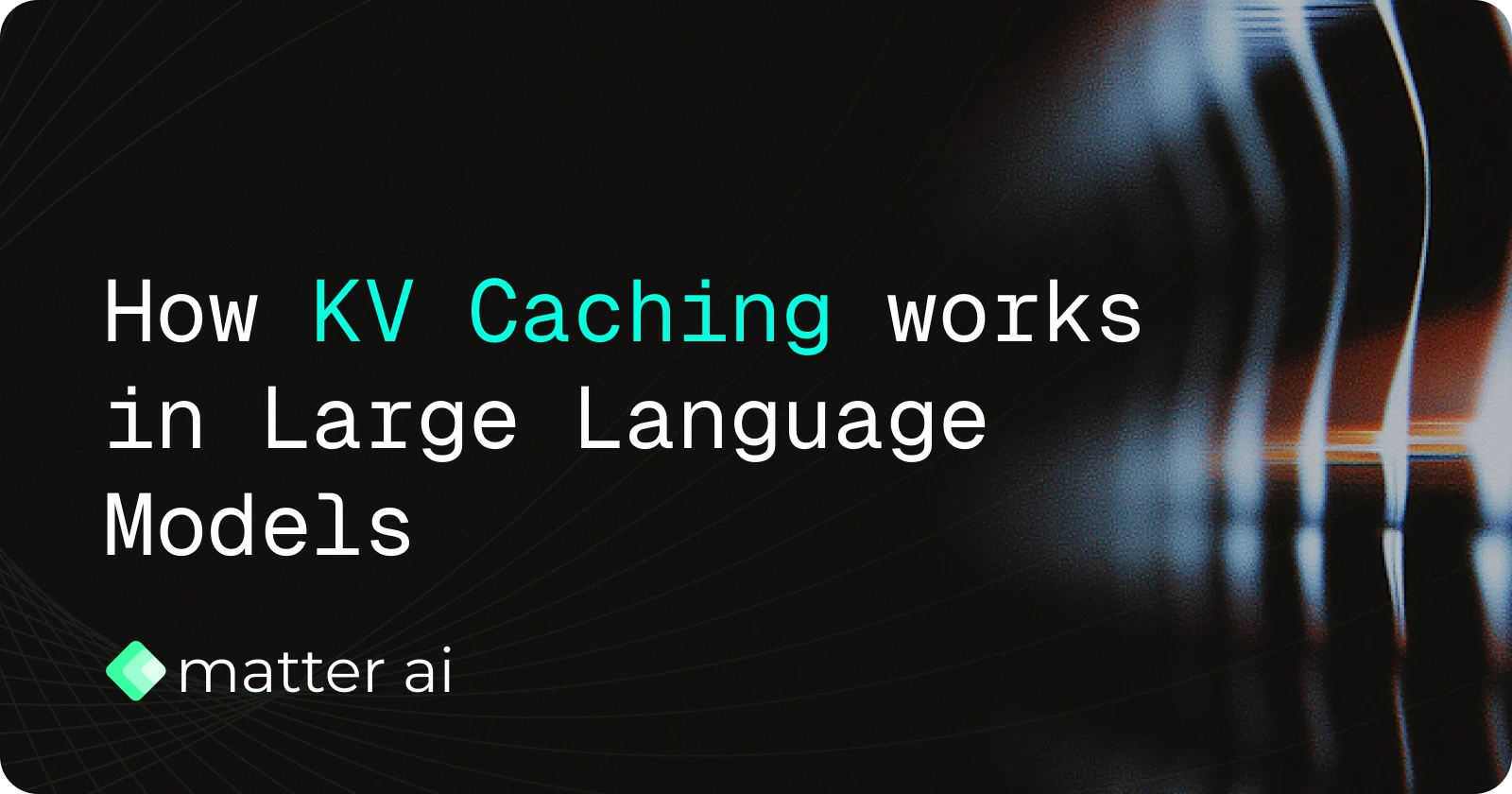
How KV Caching Works in Large Language Models
KV caching is the optimization that solves this problem, making LLMs faster and more efficient

AI Engineering Productivity: Transforming Software Development
Artificial intelligence isn't just another tool in the developer's toolkit—it's fundamentally changing how we approach problem-solving, code creation, and system design.
Continue Reading

Fixing the $500B problem with today's AI
The key challenges that AI presents today and how we at MatterAI are working on fix them.

LLM Sampling: Engineering Deep Dive
How to tune LLMs to work for you with samplings

Prompt Engineering: The No-BS Guide to AI Communication
Understand, structure and implement prompts that gets you the best, consistant and reduced hallucination outputs.
